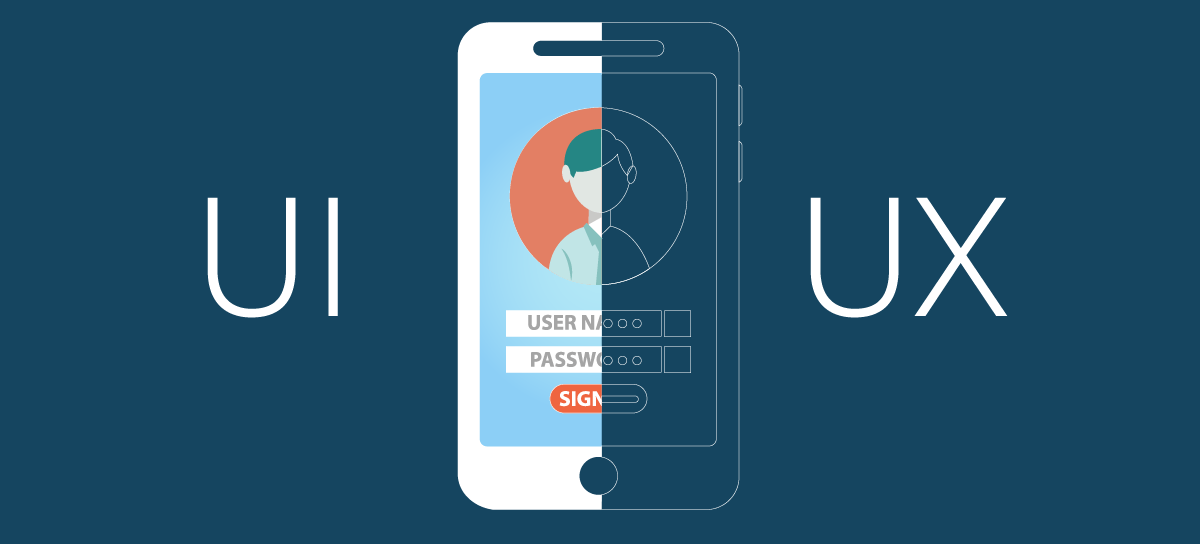Serverless is a buzzword that has been present for the past few years and will be there in the future due to its simplicity and economical advantages. Serverless technology does not mean that no server will be used, rather it means that you will not require to worry about the infrastructure. The serverless provider will take care of the infrastructure so that you can focus on code
The serverless architecture enables apps to include functions on demand and provides flexibility for server-side applications. It uses the function as a service (FaaS) feature that runs parts of their code through event triggers.
Let’s have a look at the top six benefits of serverless architecture that are useful for every application.
Top 6 Benefits of Serverless Architecture
- Easy To Deploy
Serverless architecture could be a perfect approach for your application. It is an appropriate solution if you require to spin up an app fast. Using this technology, you can deploy an app within hours and days instead of weeks and months because you do not have to manage the infrastructure. Thus, you can concentrate on the code and release it immediately. Due to automatic scalability, you don’t have to worry about any provisioning requirements.
- Low Cost
For cutting costs, go serverless. By doing so, you are outsourcing the responsibilities of managing databases, servers, and some logic. Apart from the actual costs, serverless architecture requires less computing power as well as human resources.
In serverless architecture, the cloud provider takes care of the infrastructure so that you can focus on the server-side code. Many times, the cost is not that much cheaper, it depends on your use case.
- More Time For UX

In case your application meets the requirements of customers, customers do not care about infrastructure as they do not see all back-end code. They only notice the front-end code. For them, user-interface and experience are more important. So, you must focus on allocating resources to elements that keep customers happy?
- Better Scalability
If you aim to make your company just like Google, you must consider if your server can handle a load like that. Opting for a serverless architecture enables you to roll with the punches. In case your application becomes successful and grows, you can identify changes that accommodate the growth. Otherwise, no harm is done. You need not provide infrastructure without knowing whether it is needed, which is a huge benefit.
- Improved Latency
Serverless architecture can be accessed globally, which means it becomes easier to handle users from every corner of the world. You can scale your application without affecting its performance. With serverless, cloud providers have points of presence near the user, and apps can perform equally well for everyone.
Serverless architecture can accommodate the wide-ranging needs of app developers – from photo-sharing apps to farm data dashboards.
With the growth of data loads, you can see serverless become a standard approach to offloading functions to execute closer to end-users and devices.
- Improved Flexibility
It is easier to implement an application with serverless rather than that with traditional methods. With serverless architecture, you can innovate faster. Once you view the tangible results, you can return immediately. You can move on to the next project and start building your next feature or microservice.
Serverless architecture improves your app flexibility when you are not bound by constraints. It is easier to pivot in situations where you need to restructure.
Some More Benefits…
- More Efficient
The traditional server keeps running at all times, but a serverless architecture means that you pay per request. You are only charged for the server when in-use. It means less waste is generated. Further, this technology is more efficient as you no longer have to worry about setup, scaling, infrastructure, DevOps, and capacity planning.
- Happy Customers

Serverless architecture leads to happier customers. If a company can draw up new servers and ship features faster, it means that customers can access these new features. Serverless architecture does not require you to worry about infrastructure, you can quickly release logic and features to improve the user experience.
Wrapping Up
We have listed all the advantages that will help an application become serverless. You can opt for a request-driven serverless architecture based on your application – what components your application will have and how large it will be. But, make sure that you monitor your serverless environment.
If you are willing to build serverless apps, then you need not worry!! GrayCell offers easy and fast monitoring solutions that set-up alerts, get information on what to improve, and keep track of costs without adding any strain to your application. You can contact at +91-7307242527 or email at info@graycelltech.com to make your apps serverless.






